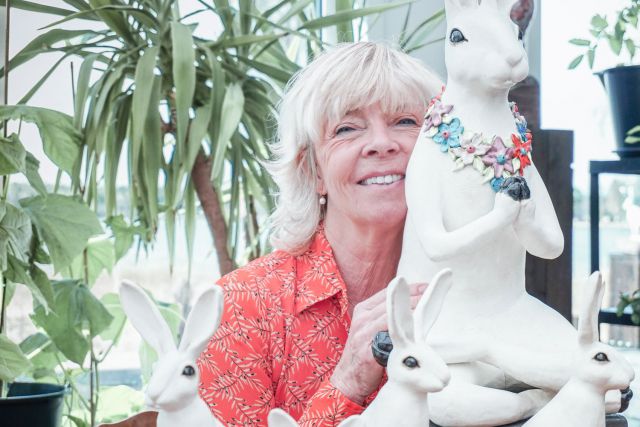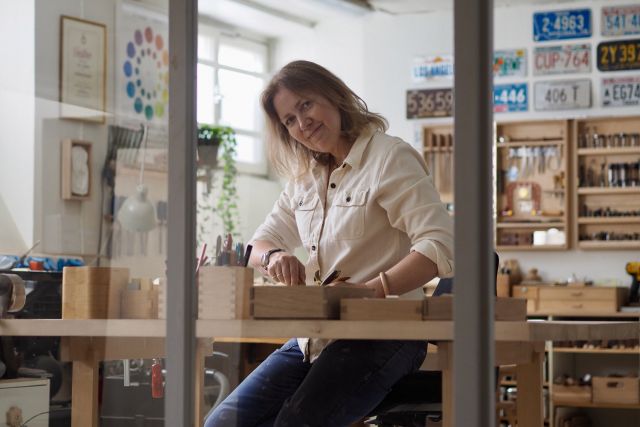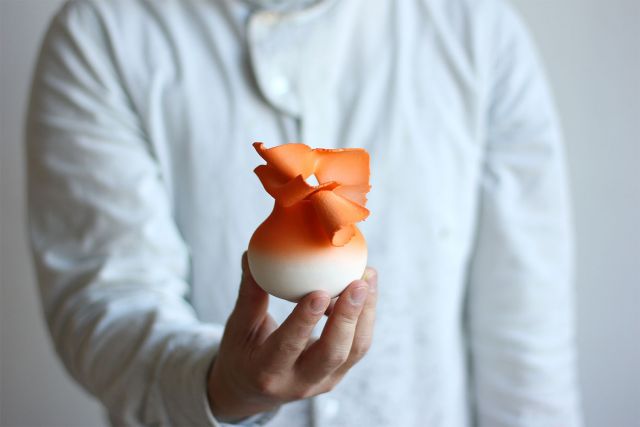This tactile sculpture explores ideas around materiality and contrast, emphasising imperfection through its texture and its rough and opaque aspect. A mixture of wax and polystyrene was used to achieve this result.
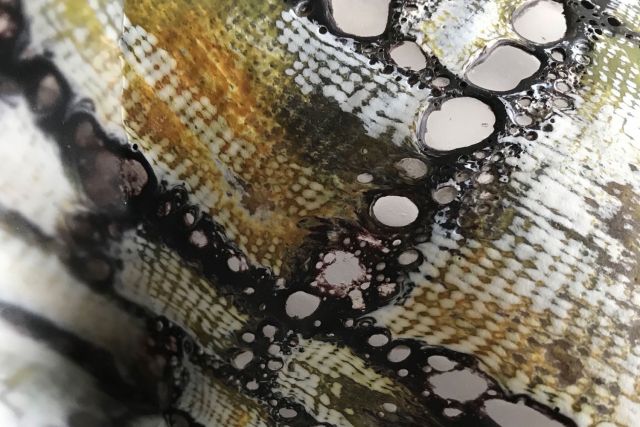
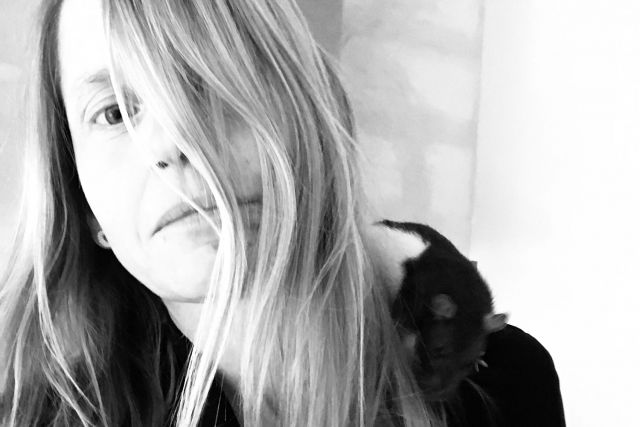
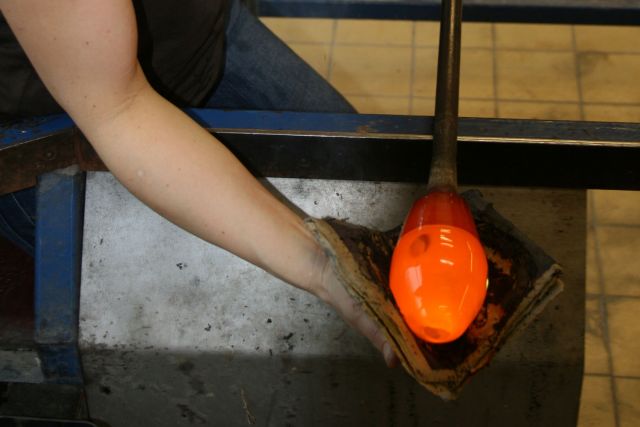
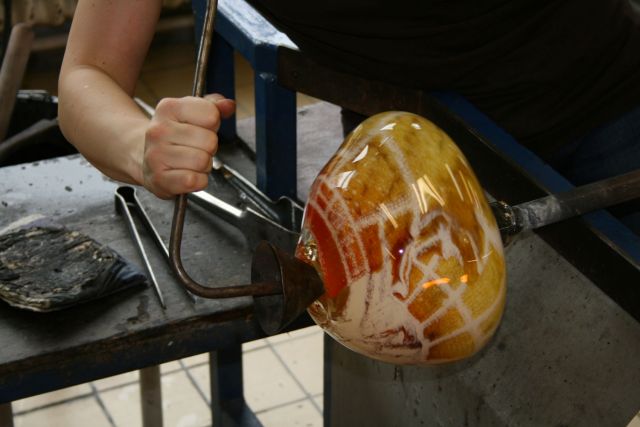
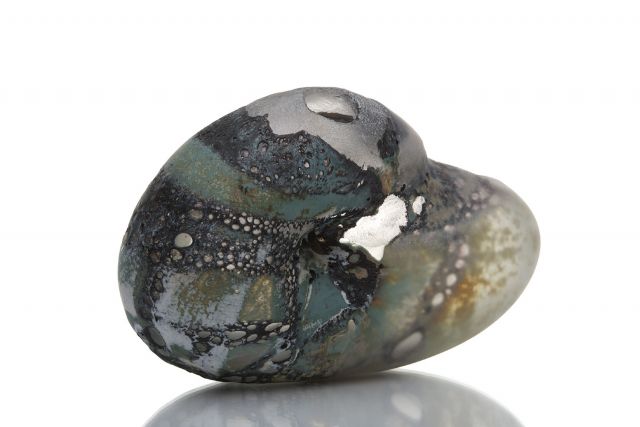
Elinor Andersson
- Glassblower
- Gothenburg, Sweden
- Master Artisan
By appointment only
Exuberant expression
- • Elinor trained in Denmark and England
- • She mixes traditional techniques with technology
- • Nature, textures and textiles are her inspiration
As Elinor Andersson is a traditionally trained glassblower, one might think that the artist would be making mainly traditional glassware, but far from it. Inspired by nature, textures and different structures of textiles, Elinor combines traditional glass making techniques and materials with contemporary computer technologies, creating objects that easily plays tricks with the mind of the observer. With education and work experiences from Bornholm, Denmark, Kosta, Sweden and RCA, London, UK, she is familiar with the international craft scene, which she entered in 2007. Elinor's method is to alter personal drawings digitally, print them on vinyl and mount them on a fine mesh fixed onto screen-printing frames. After that she sifts powdered glass colours through the mesh before putting it into a kiln. The result is a three millimetre thin sheet of glass; paperglass.
Read the full interviewWorks
Photo: ©Elinor Andersson

Photo: ©Elinor Andersson
This sculpture, crafted from glass, is an example of Elinor’s ongoing investigation into textures and the complicated nature of the glass blowing process. The singular appearance was achieved by extensively altering the material with sifting, cutting, sand carving, engraving and polishing techniques
Length 18 cm
Width 11 cm
Depth 6 cm

Photo: ©Kunstneren
This handblown sculpture is from a series of works called Surface of Loss where Elinor achieved surprising textures by extensively altering the glass with different sifting, cutting, sandblasting, sand carving and engraving techniques. She often works with preparatory drawings depicting almost faded memories, recollected and assembled into artworks.

Photo: ©Elinor Andersson
Biotope Residue IV was created as a way of protesting against the mining of Limestone in Ojnareskog, Gotland, which is home to unique species of animals and plants. Elinor created a series called Biotope Residue consisting of five fragile and vestigial glass forms. Each one of them is unique and represents the presumed biological remains of the future exploitation.
Height 14 cm
Width 8 cm
Depth 3 cm





